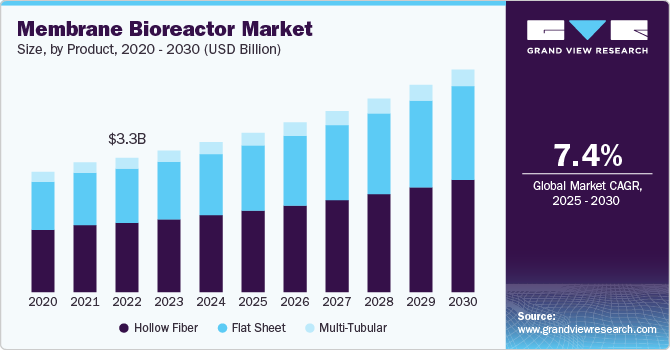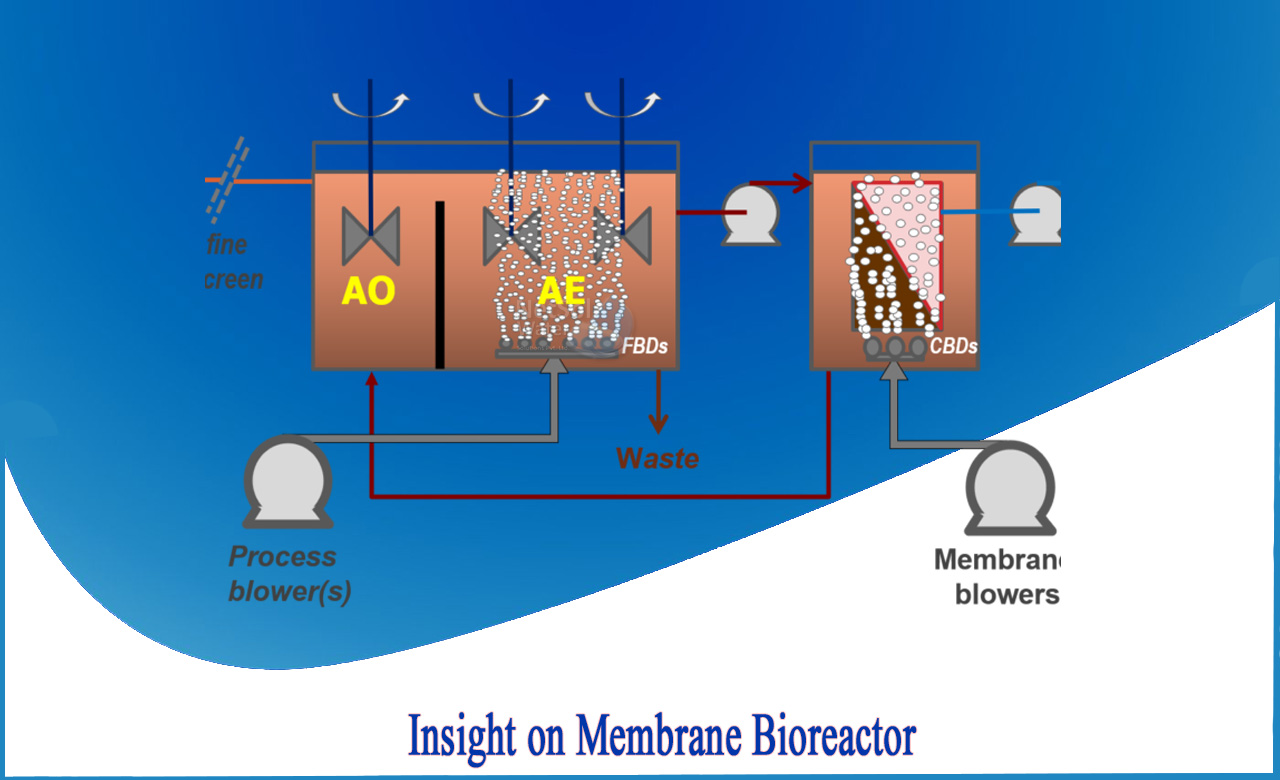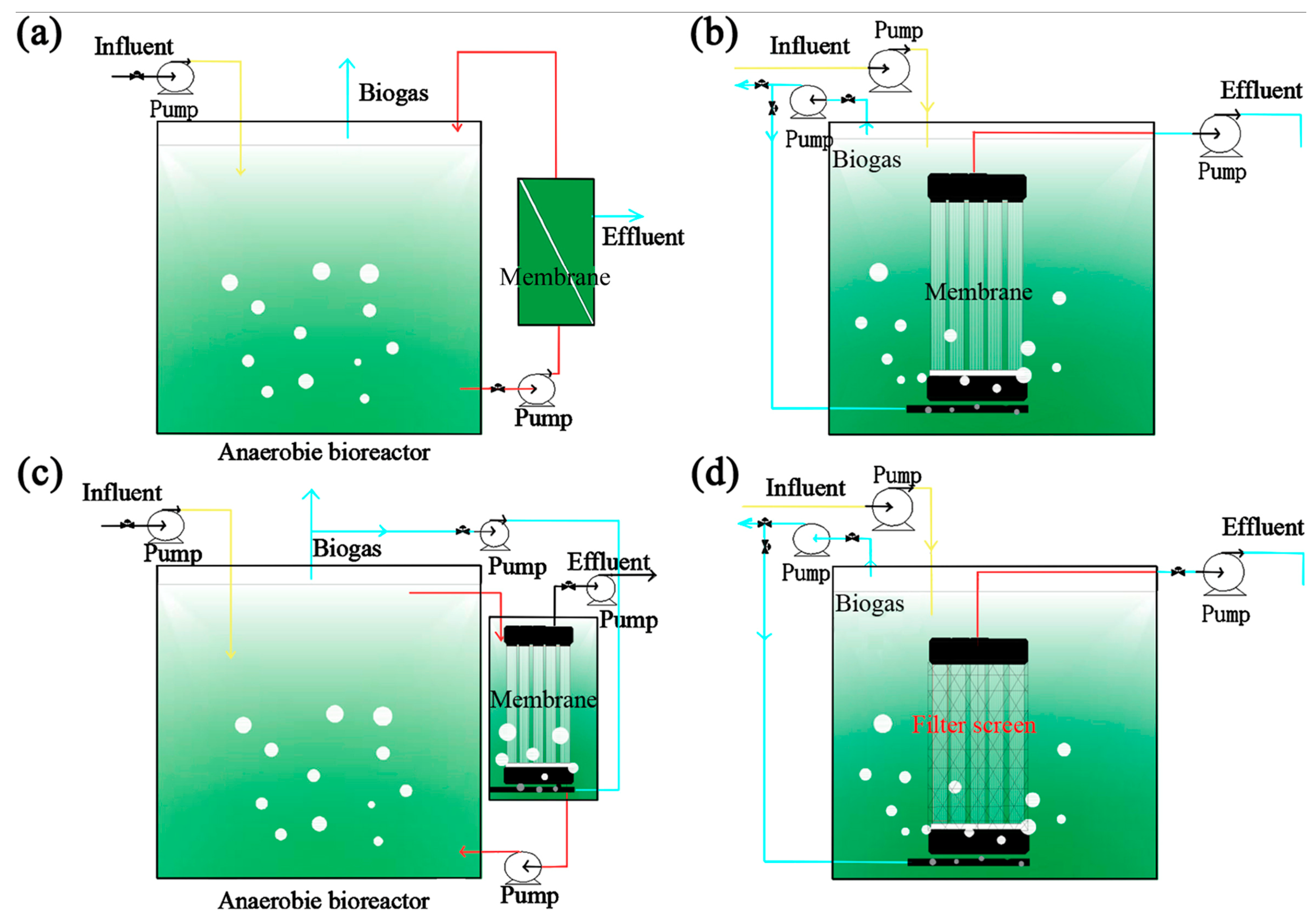Membrane Bioreactors Described: Efficient Solutions for Tidy Water
Membrane layer bioreactors (MBRs) have actually arised as an advanced option for attending to the pushing difficulties of wastewater treatment - Membrane Bioreactor. By integrating biological procedures with sophisticated membrane filtering, MBRs not only improve the top quality of cured water however likewise minimize the spatial needs of treatment centers.

What Are Membrane Layer Bioreactors?
Membrane layer bioreactors (MBRs) are sophisticated wastewater treatment systems that incorporate organic degradation procedures with membrane layer filtration technology. This assimilation enables the effective elimination of pollutants from water, making MBRs a preferred selection in different applications, including community wastewater therapy and industrial effluent management.

One of the important advantages of MBRs is their capacity to create high-quality effluent, usually appropriate for reuse in watering or industrial procedures. Additionally, MBRs need a smaller sized footprint contrasted to conventional therapy systems, making them ideal for metropolitan setups where space might be restricted.
Furthermore, MBRs can properly deal with differing influent loads and are much less vulnerable to the results of harmful shocks. These features add to their expanding popularity as a sustainable remedy for resolving the boosting demand for clean water while lessening environmental impacts.
Exactly How Membrane Layer Bioreactors Job
While the operation of membrane bioreactors (MBRs) may appear facility, it fundamentally revolves around the synergy between organic procedures and membrane layer filtration. MBRs integrate a biological treatment procedure, commonly activated sludge, with a membrane separation system to deal with wastewater efficiently.
In an MBR system, wastewater is very first presented right into a bioreactor where microbes degrade organic matter and other pollutants. The biological activity minimizes the focus of contaminants while advertising the development of biomass. Following this biological treatment, the blended liquor is subjected to membrane filtering, which can be microfiltration or ultrafiltration, depending on the wanted effluent quality.
The membranes act as a physical barrier, allowing water and tiny solutes to pass while retaining suspended solids and bigger molecules. This enables the system to maintain a high focus of biomass within the activator, boosting the treatment effectiveness.
Furthermore, the constant separation of cured water from the biomass promotes a portable style and minimizes the footprint of the therapy center. Generally, the combination of biological destruction and membrane layer filtering in MBRs results in reliable and reliable wastewater treatment, ensuring high-quality effluent ideal for different applications.
Advantages of MBR Modern Technology
Among the essential benefits of membrane bioreactor (MBR) technology is its capacity to create high-quality effluent with a significantly lowered footprint contrasted to traditional wastewater treatment techniques. MBR systems effectively incorporate biological therapy and membrane filtering, resulting in premium removal of impurities, including put on hold solids, pathogens, and natural issue. This capability causes effluent that commonly fulfills or goes beyond rigorous regulative requirements for reuse and discharge.
Furthermore, MBR technology enables for greater biomass concentrations, which improves the treatment effectiveness and lowers the needed activator volume. This small layout is particularly valuable in urban locations where room is limited. The operational versatility of MBR systems additionally implies they can adjust to differing influent qualities and flow rates, making them appropriate for a wide variety of applications.
Additionally, the reduced sludge production connected with MBR procedures adds to decrease operational and upkeep costs. The membranes offer as a physical obstacle, decreasing the risk of clogging and allowing longer operational periods between cleaning. Generally, the benefits of MBR modern technology make it an attractive service for sustainable wastewater treatment, dealing with both environmental worries and the requirement for effective source administration.
Applications of Membrane Layer Bioreactors
With their adaptability and performance, membrane layer bioreactors (MBRs) locate applications throughout numerous sectors, consisting of local wastewater therapy, industrial processes, and even water reclamation. In community setups, MBRs provide a small option for treating wastewater, successfully eliminating pollutants while simultaneously producing premium effluent that satisfies strict regulatory criteria. This makes them specifically appropriate for areas with limited room.
In commercial applications, MBR innovation is utilized for dealing with procedure water, especially in industries such as food and drink, drugs, and petrochemicals. These index industries profit from MBRs' capability to deal with high organic tons and their efficiency in recovering beneficial resources from wastewater, such as nutrients and water.
Moreover, MBRs play a critical function in water reclamation campaigns, allowing the reuse of dealt with wastewater for irrigation, industrial procedures, or perhaps as safe and clean water after additional therapy (Membrane Bioreactor). Their effectiveness in removing toxins and pathogens makes them a trusted option for making certain water high quality in various reuse applications
Future of Water Treatment Solutions
The future of water therapy services is positioned for transformative developments driven by technical development and boosting environmental understanding. As international water scarcity ends up being a pushing issue, brand-new techniques, consisting of membrane bioreactor (MBR) systems, are established to play a pivotal function in enhancing the about his performance and sustainability of water treatment processes.
Arising technologies such as man-made knowledge and artificial intelligence are anticipated to optimize treatment operations, enabling real-time monitoring and predictive maintenance. This will certainly boost the total reliability and efficiency of water therapy centers. Innovations in membrane layer products, such as graphene and nanofiltration, assure to increase permeation rates and reduce fouling, leading to lower power intake and functional prices.
Additionally, the integration of renewable power resources into water treatment plants will certainly add to greener methods. The circular economic situation version will certainly likewise acquire traction, urging the healing of important resources from wastewater, such as nutrients and power.
Final Thought

Membrane layer bioreactors (MBRs) have arised as an advanced service for attending to the pushing challenges of wastewater treatment. By integrating organic processes with innovative membrane purification, MBRs not just enhance the high quality of treated water yet likewise reduce the spatial demands of treatment facilities.One of the vital advantages of membrane bioreactor (MBR) technology is its ability to produce high-grade effluent with a considerably lowered footprint contrasted to traditional wastewater treatment approaches.With their flexibility and efficiency, membrane layer bioreactors (MBRs) discover applications throughout different fields, including community wastewater therapy, commercial processes, and also water recovery.In verdict, membrane bioreactors stand for a significant advancement in wastewater therapy modern technology, incorporating biological processes with reliable membrane layer filtration to produce high-grade effluent.